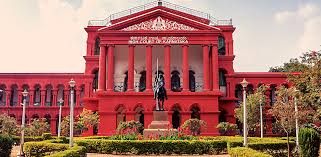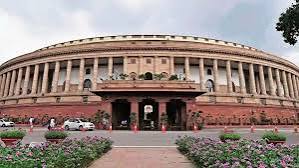Kerala High Court closes plea over Hijab controversy after student decides to leave school
Introduction
A female student in Class 8 at a CBSE-affiliated, church-run school in Palluruthy, Ernakulam district of Kerala attempted to wear a hijab to school as part of her dress. The school in which she enrolled refused her entry, citing its prescribed uniform policy. The student’s father filed a complaint, and the state Education Department issued a directive to allow the student to wear the headscarf.
The school challenged this directive in a petition before the Kerala High Court, arguing that it had the right to set its uniform policy. Tensions escalated, leading to the school declaring two days of holiday to avoid a potential conflict. On October 24, 2025, the High Court closed the petition as the student decided to withdraw from the school and enroll her elsewhere, resolving the dispute.
Legal issues involved
1. Uniform / Dress Code vs. Religious Freedom
The students have constitutional rights, including freedom of religion (Article 25/26 India) and equality (Article 14). The schools, especially unaided and minority-run, have the authority to set uniforms or dress codes as part of institutional discipline and management.
The conflict arises when a dress code (uniform) clashes with a student’s desire to wear religious attire (such as a hijab). The issue at hand is whether the school’s uniform policy take precedence over the student’s religious rights?
In this instance, the school argued that its uniform policy applies universally and does not allow for the wearing of a hijab. The Education Department’s directive called for accommodation.
2. Jurisdiction / Authority of Directorate of Distance Education (DDE) over CBSE-affiliated School
The school had argued that as a CBSE-affiliated, unaided (minority) institution, state education authorities (like the DDE) do not have the jurisdiction to intervene in internal management matters such as uniform/dress policies.
The Department and the State argued that they have the authority to prevent discrimination and uphold fundamental rights in schools.
3. Mootness / Justiciability
The Court’s decision was influenced by the practical resolution: once the student withdrew and the issue became inactive, the Court chose not to address the deeper legal issues.
This raises the question whether the rights-based claims in education lose significance if the student chooses to leave? Is the institution still obligated to respect the right even if no action is taken?
4. Institutional autonomy vs. rights of students
The balance between school autonomy (especially for minority and unaided schools) and students’ rights is a recurring legal issue. The 2018 Kerala High Court ruling (referring by the school) stated that uniforms fall under the discretion of the management.
And on the other hand, the State’s argument stresses that no student should be denied education due to conflicts over dress codes or related harassment/disruption.
Conclusion
The Kerala High Court’s ruling concludes the specific dispute at St. Rita’s School, but does not address the larger legal issue regarding school dress codes and religious expression in educational settings. The resolution of the case through the student’s withdrawal means that no definitive legal decision was reached. It is important for schools, students, and policymakers to consider the procedural aspects, potential escalation risks, and the significance of clear policy guidelines in evolving social environments.





